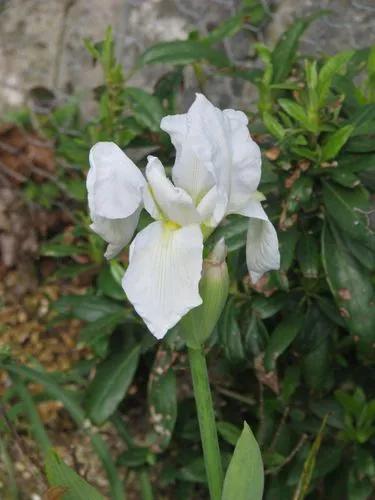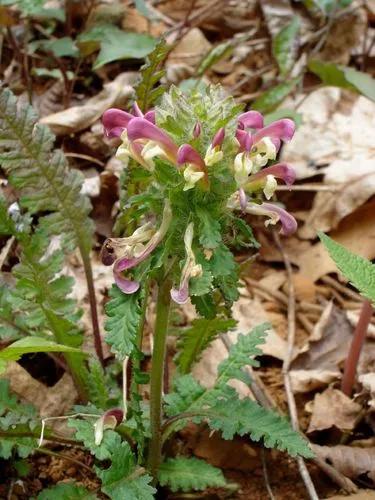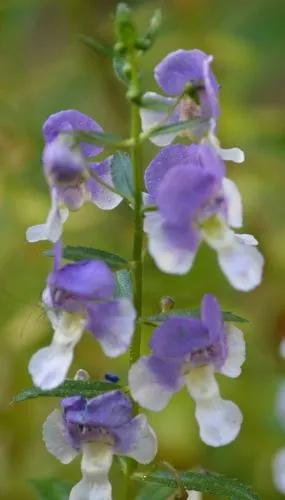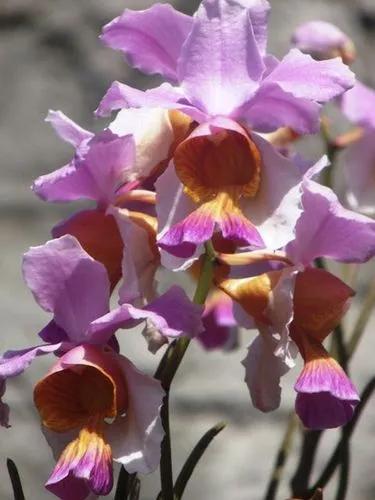Scutellaria lateriflora, commonly known as blue skullcap, mad dog skullcap and side-flowering skullcap, is a low-growing herbaceous perennial in the mint family that typically grows to 2-3’ tall. It is native to wetland areas from Quebec and Newfoundland west to British Columbia and south to California, Louisiana and Florida. Steyermark describes its range in Missouri as “low wet woods, swampy meadows, alluvial thickets, gravel bars, river flood plain forests, borders of sloughs, spring branches, streams, swamps, lowland and sink-hole ponds, and moist ledges of limestone and sandstone bluffs.” Three variations in flower color occur, sometimes being listed as S. lateriflora f. lateriflora (blue-purple corollas), S. latiflora f. albiflorsa(white corollas) and S. lateriflora f. rodantha (pink corollas).Tiny, tubular, two-lipped, snapdragon-like, blue flowers (to 1/3”) bloom solitary or in one-sided racemes, mostly from the leaf axils but occasionally terminal from July to early October. Square stems are clad with thin, opposite, mostly glabrous, ovate to lanceolate leaves which feature toothed margins, subordate or rounded bases and pinnate veins. Leaves are dark green above but light green beneath.
Mad-dog Scullcap Care
Scutellaria Lateriflora



What is the plant
How to Care for the Plant

Water

Water moderately, but make sure soil is well-drained.

Sunlight

Skullcap prefers partial shade to full sun.

Soil

Prefers fertile soil.Skullcap needs well-drained and moist soil. Native skullcap is found in woodlands and along stream banks, so you need to imitate these conditions. Make sure your skullcap plants in soil that won’t dry out
Ease your plant care routine with PlantIn's personalized system.

Additional

Tincture overdose causes giddiness, stupor, confusion and seizures. Possible liver toxicity. may interfere with the immune response. Avoid during pregnancy

Popularity

74 people already have this plant 15 people have added this plant to their wishlists
What's wrong with your plant?
Related Plants
Discover more plants with the list below
Popular articles






